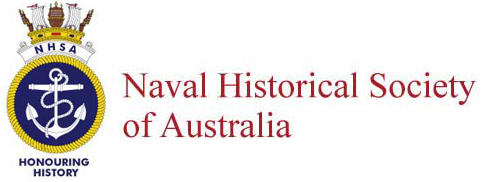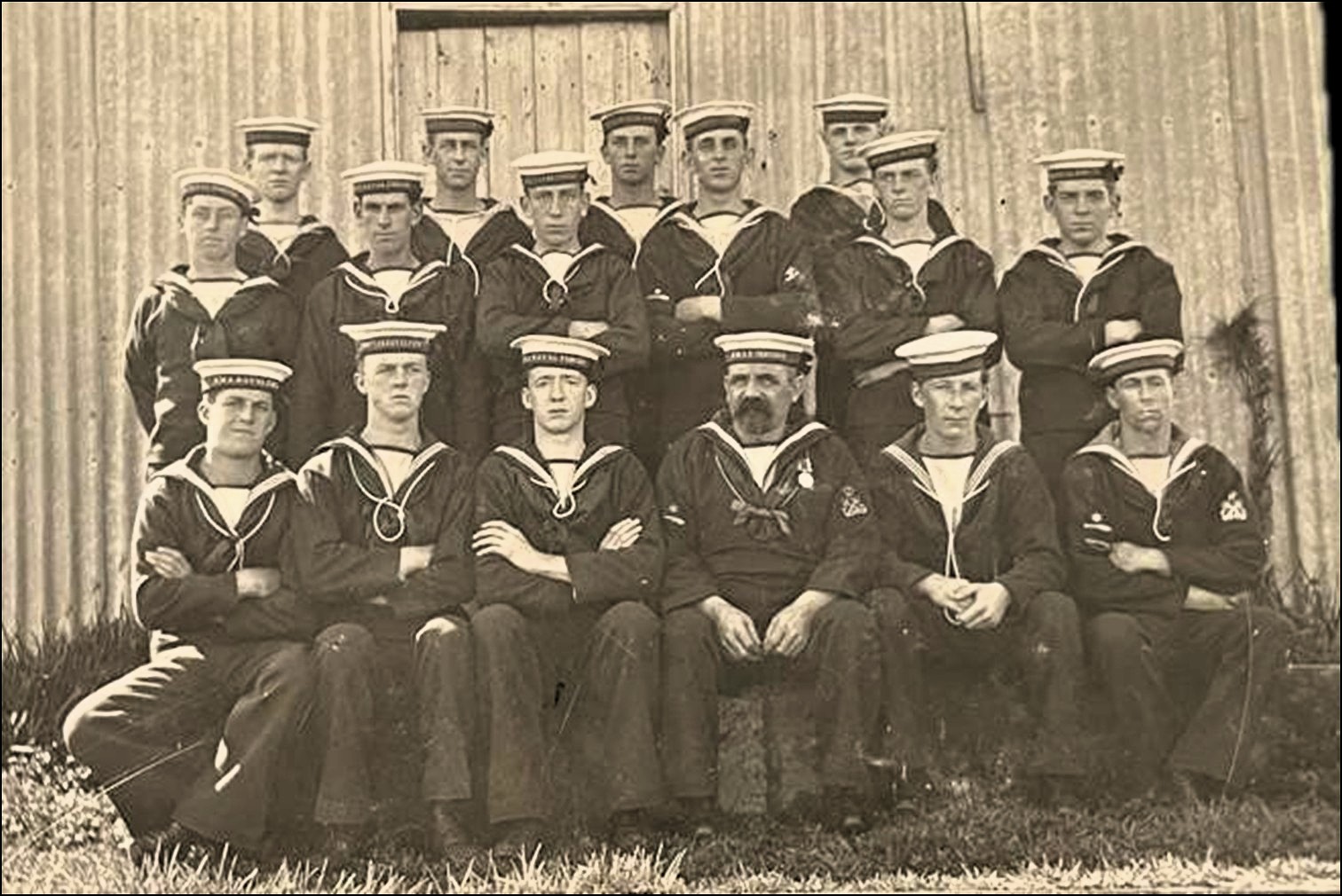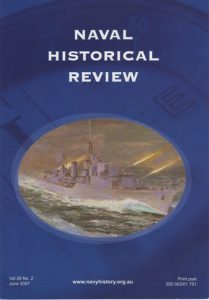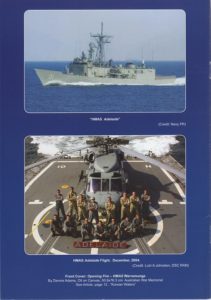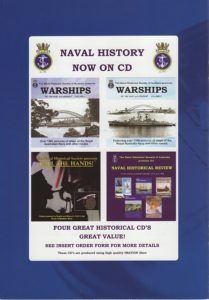
By Andrew Mackinnon
For many years the Heritage and Learning Centre at HMAS Cerberus has proudly displayed what was believed to be the original German Imperial Flag flying over the German Telegraph Station in Rabaul during the Battle of Bita Paka.
The Battle of Bita Paka occurred on 11 September 1915. It was the firstmilitary engagement involving newly federated Australia in World War I.
It was also the first Australian amphibious landing, saw the firstbayonet charge, and first combat medals and citations.
By way of background, in August 1914, as Britain entered World War I, the British government instructed Australia and New Zealand to seize German colonies in the Pacific to eliminate potential German naval threats. In response, Australiaformed the Australian Naval and Military Expeditionary Force (AN&MEF), a mixed military unit of naval reservists and militia infantry, to capture German territories.
Under the command of Colonel William Holmes, the AN&MEF departed Sydney on 19 August aboard HMAS Berrima and halted at Palm Island off Townsville until the New Zealand force, escorted by the battlecruiser HMAS Australia, cruiser HMAS Melbourne, and the French cruiser Montcalm, occupied Samoa on 30 August. The AN&MEF then moved to Port Moresby where it met the Queensland contingent aboard the transport TSS Kanowna. The force then sailed for German New Guinea on 7 September.
The AN&MEF landed at Rabaul, the capital of German New Guinea, on September 11, 1914. The first engagement of the campaign was at Bita Paka, near Rabaul, where Australian naval reservists encountered German and Melanesianpolice forces. This resulted in Australia’s first six casualties of World War I. After brief resistance, the German forces surrendered on September 17, 1914. The British flag was raised at Rabaul on September 13, 1914, symbolizing the Australian military occupation.
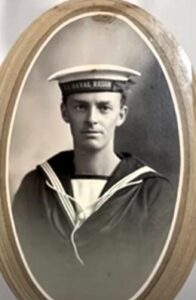 One of those in the attacking party was Able Seaman Signaller Frank Melbourne Robertson, a Naval Reservist from Melbourne. It seems that he was ordered to capture the German flag from atop the radio mast, which he succeeded in doing.
One of those in the attacking party was Able Seaman Signaller Frank Melbourne Robertson, a Naval Reservist from Melbourne. It seems that he was ordered to capture the German flag from atop the radio mast, which he succeeded in doing.
Earlier this year, Megan Robertson – a granddaughter of FrankRobertson – contacted the HLC staff to tell the tale behind the ‘real’ German Imperial Flag from the Battle of Bita Paka captured by her grandfather. It was decided to have the three remaining grandchildren should visit Cerberus to hand it over in person – Megan from Melbourne, her brother Guy Robertson from Wangaratta and sister Elizabeth (Libbie) Doddrell from Western Australia.
The meeting was arranged for Wednesday 10 September beforerealizing the 111th anniversary of the Battle was 11 September 2025, which added poignancy to the visit and resulted in two handover ceremonies – one to the Commanding Officer HMAS Cerberus, Captain Ben Favelle, CSC, RAN on 10 September followed by a public ceremony at the Shrine of Remembrance the following day.
It seems Able Seaman Robertson was originally told he could keep the trophy he risked his life to retrieve from the mast, but a few days later was ordered to surrender it. Rather than hand over his newly acquired trophy, he retrieved an older German flag from a wheelbarrow under the captured telegraph station and handed that over. The older flag was taken back to Australia by his superior officers and presented to Captain Tickell, Senior Naval Officer Victoria. This was understandably considered to be the original flag, which was later framed and displayed in the Heritage and Learning Centre at Cerberus.
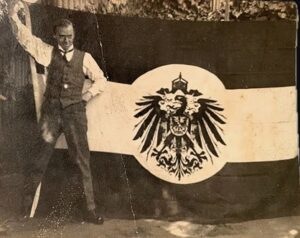 Their version of the story is supported with photographic evidence that clearly shows the flag captured was the newer version, not the aged and tattered version originally handed over in 1915). This was understandably considered to be the original flag,
Their version of the story is supported with photographic evidence that clearly shows the flag captured was the newer version, not the aged and tattered version originally handed over in 1915). This was understandably considered to be the original flag,

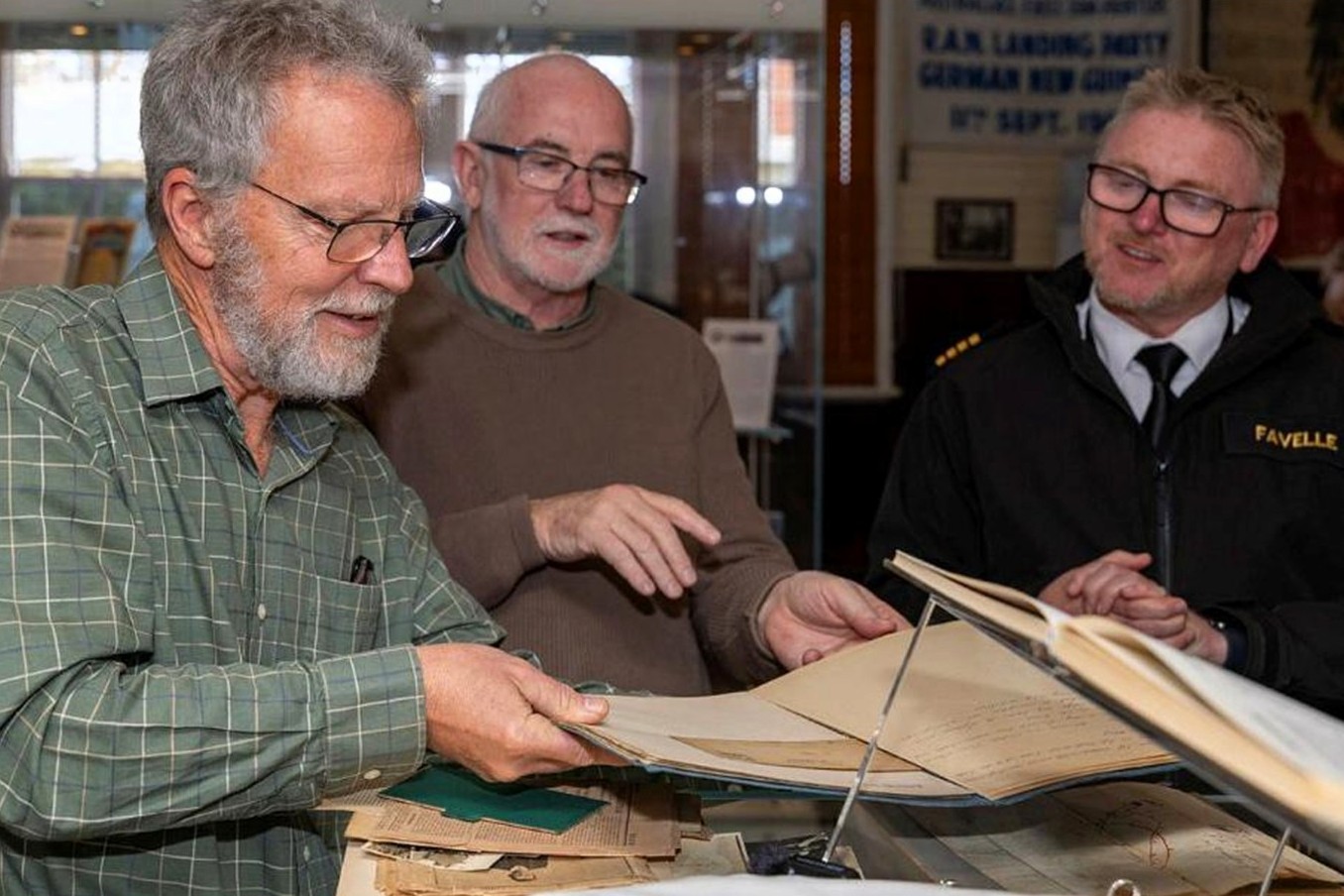

The ceremony at the Shrine of Remembrance on 11 September was well reported in a Channel 7 news item, which gives further family insights into this fascinating story.
